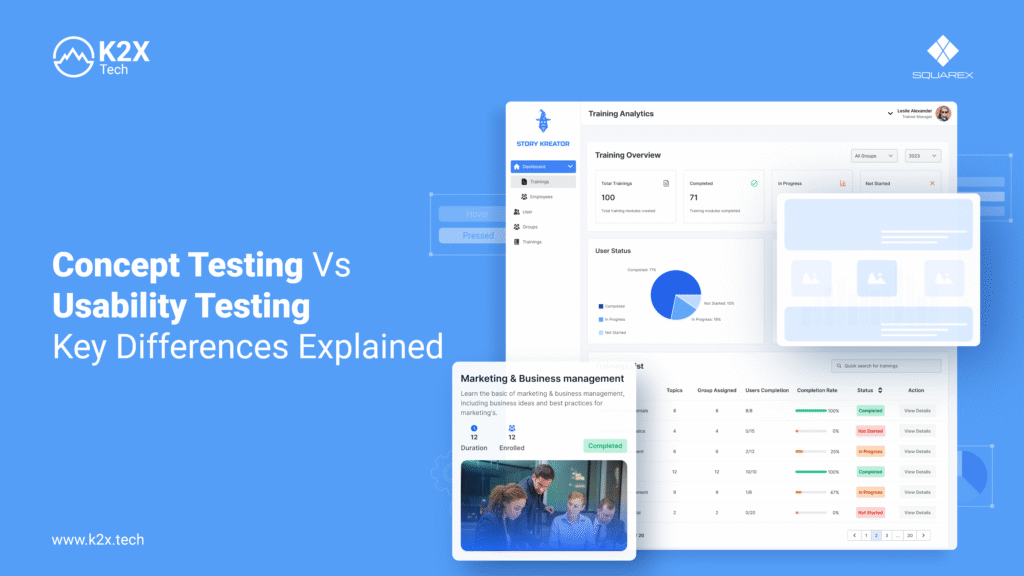
Introduction
Concept vs usability testing is a crucial topic for anyone building digital products. While concept testing checks if your ideas resonate with users, usability testing focuses on how easily people can use what you’ve built. In this blog, we’ll break down the key differences and why both methods matter for product success.
What is Concept vs Usability Testing?
Let’s define both terms clearly.
Concept Testing
Concept testing happens early in product development. Teams share ideas, sketches, or prototypes with users to gauge interest and potential value. The goal is to ensure you’re building something people actually want.Usability Testing
Usability testing comes later, when you have a prototype or finished product. Users try real tasks while researchers observe where they get stuck, confused, or frustrated. It’s all about improving the user experience.
Need help improving usability? See our UX/UI Design Services.
Key Differences Between Concept vs Usability Testing
Here’s how these two testing methods differ:
Timing
→ Concept testing happens early, before development begins.
→ Usability testing happens once there’s a prototype or product to test.Goal
→ Concept testing checks if users care about your idea.
→ Usability testing ensures people can use what you’ve built.Focus
→ Concept testing is about market fit and interest.
→ Usability testing is about ease of use and satisfaction.
Understanding concept vs usability testing helps teams allocate time and resources wisely.
When to Use Each Method
Here’s when to choose one over the other:
Use Concept Testing When:
→ Exploring new product ideas
→ Deciding between different features or directions
→ Avoiding costly mistakes before development startsUse Usability Testing When:
→ Designing user interfaces or prototypes
→ Preparing to launch a new product or feature
→ Improving an existing product’s user experience
Both methods are essential parts of user-centered design.
Methods for Concept vs Usability Testing
Concept Testing Methods:
→ Surveys showing mockups or descriptions
→ Focus groups for discussing early ideas
→ Quick A/B tests to compare conceptsUsability Testing Methods:
→ Moderated test sessions
→ Remote usability tools
→ Screen recordings and user journey analysis
Combining both types of testing reduces risk and leads to products users love.
Conclusion
Both concept vs usability testing play a vital role in creating successful digital products. Concept testing ensures you’re building the right thing, while usability testing ensures you’re building it right. Knowing when and how to use each can save time, money, and lead to products people love to use.
Need support with your product testing strategy? Contact our team at K2X Tech and discover how we help businesses bring great products to life.